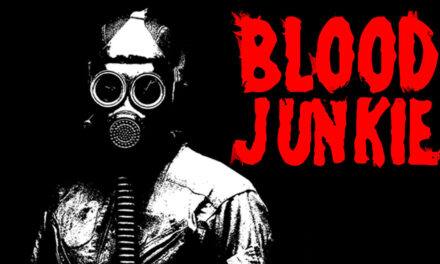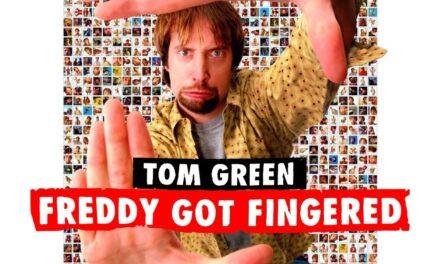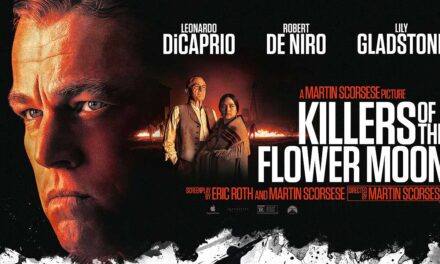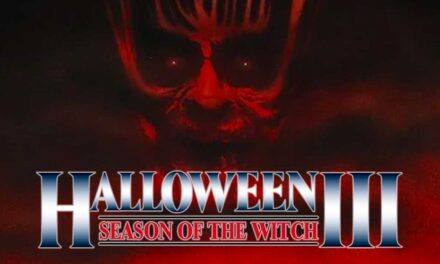Following the release of Godzilla Raids Again, the series was put on hiatus while Toho decided to expand their horizons. In 1956, Toho produced Rodan, which happened to also be their first color film and reached an audience outside Japan. Toho also produced 1957’s The Mysterians, which introduced Moguera, a robot that would later appear during the Heisei era. Both films were directed by the original’s director Ishiro Honda, who also helmed 1958’s Varan and 1961’s Mothra. In the meantime, stop-motion animator Willis O’Brien pitched a concept for King Kong Meets Frankenstein, which went through various studios. Eventually, the script ended up at Toho, who decided to replace Frankenstein’s Monster with Godzilla to celebrate their 30th anniversary. Ishiro Honda returned to direct and effects director Eiji Tsuburaya was brought on to help bring Godzilla after seven years. In 1962, Toho released the first color Godzilla film, King Kong vs. Godzilla.
%
Rating
Synopsis
The head of Pacific Pharmaceuticals, Mr. Tako (Ichirō Arishima), is frustrated that the company’s TV channels are losing ratings. He sends two employees, Osamu Sakurai (Tadao Takashima) and Kinsaburo Furue (Yū Fujiki), to Faro Island to investigate monster sightings. Meanwhile, an American submarine, the Sea Hawk, crashes into an iceberg, releasing Godzilla from his slumber from the last film. Back on Faro Island, Osamu and Kinsaburo discover that the monster is King Kong and transport him back to Japan. As Godzilla rampages through the Japanese countryside, Kong wakes up, breaks free from his transport raft, and fights Godzilla. While the military struggles to fight off Godzilla, Mr. Tako is wanting to see King Kong win to boost his ratings. The army tries using explosives, poison gas, and electricity, but nothing is able to stop Godzilla as he fights Kong. It’s East vs. West as both kings fight to the end!
Review
Coming seven years after the somewhat lackluster Godzilla Raids Again, King Kong vs. Godzilla is a welcome change of pace. Pairing two iconic cinematic monsters was a stroke of genius, even if they had to change some things. Namely, King Kong, who’s normally about 50 feet tall, was enlargened to 150 feet so he’d stack up to Godzilla. Given that this is a Japanese monster movie, such details aren’t important or impact the film negatively at all. In terms of Honda’s direction, while this lacks the gritty feel of the original, it’s still pretty spot on here. This one has a more comedic aspect to it, especially in how Honda works in a satire of Japanese television. Mr. Tako’s obsession with boosting his ratings is similar to Carl Denham’s obsession with filmmaking in the 1933 King Kong. Whether coincidental or not, it’s an interesting aspect to mention.
While it’s disappointing this one lacks the dark and dreary realism of 1954’s Godzilla, it’s good they did something different. It’s great to see both Godzilla and Kong in color, even if the suits look somewhat goofy and raggedy. Even still, the fight scenes are a definite highlight, especially with all the miniatures, pyrotechnics, and forced perspective used. Speaking of suits, some will see that as a downgrade from the stop-motion effects of the 1933 original. However, given the circumstances behind this film, it’s easy to see why they went with the men-in-suit route. It also helps that Godzilla and Kong fight throughout the majority of the film as opposed to the last film. This film marks a major turning point in the franchise since Toho decided to prioritize their new money-making franchise. Overall, King Kong vs. Godzilla is an entertaining early 60s monster movie that’ll please any kaiju fan.
Buy King Kong vs. Godzilla from Amazon: https://amzn.to/33cQTma




